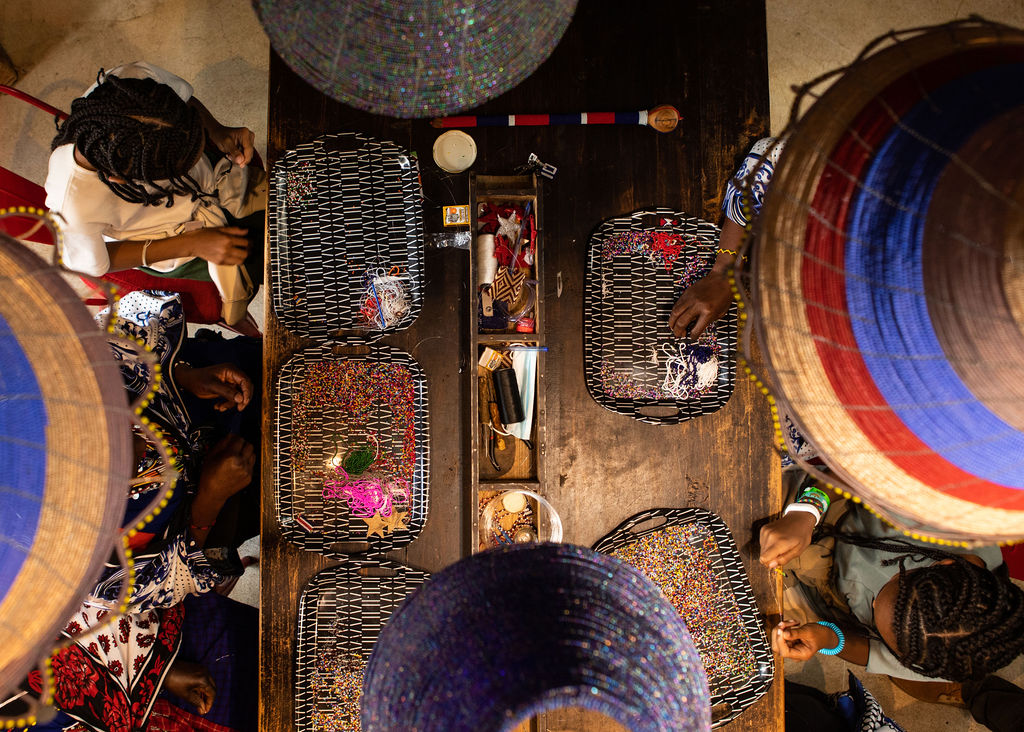
While I am constantly rushing to and fro when at the lodge, I always make time to sit with the Beading Mamas of Angama. I find it to be a time of quiet community; I love hearing them speak to each other and — if luck is on my side — singing. It was during one of these stolen hours that I found myself thinking about the history of Maasai beading. And so, I did some research of my own and asked the Maasai whom I am fortunate to know.
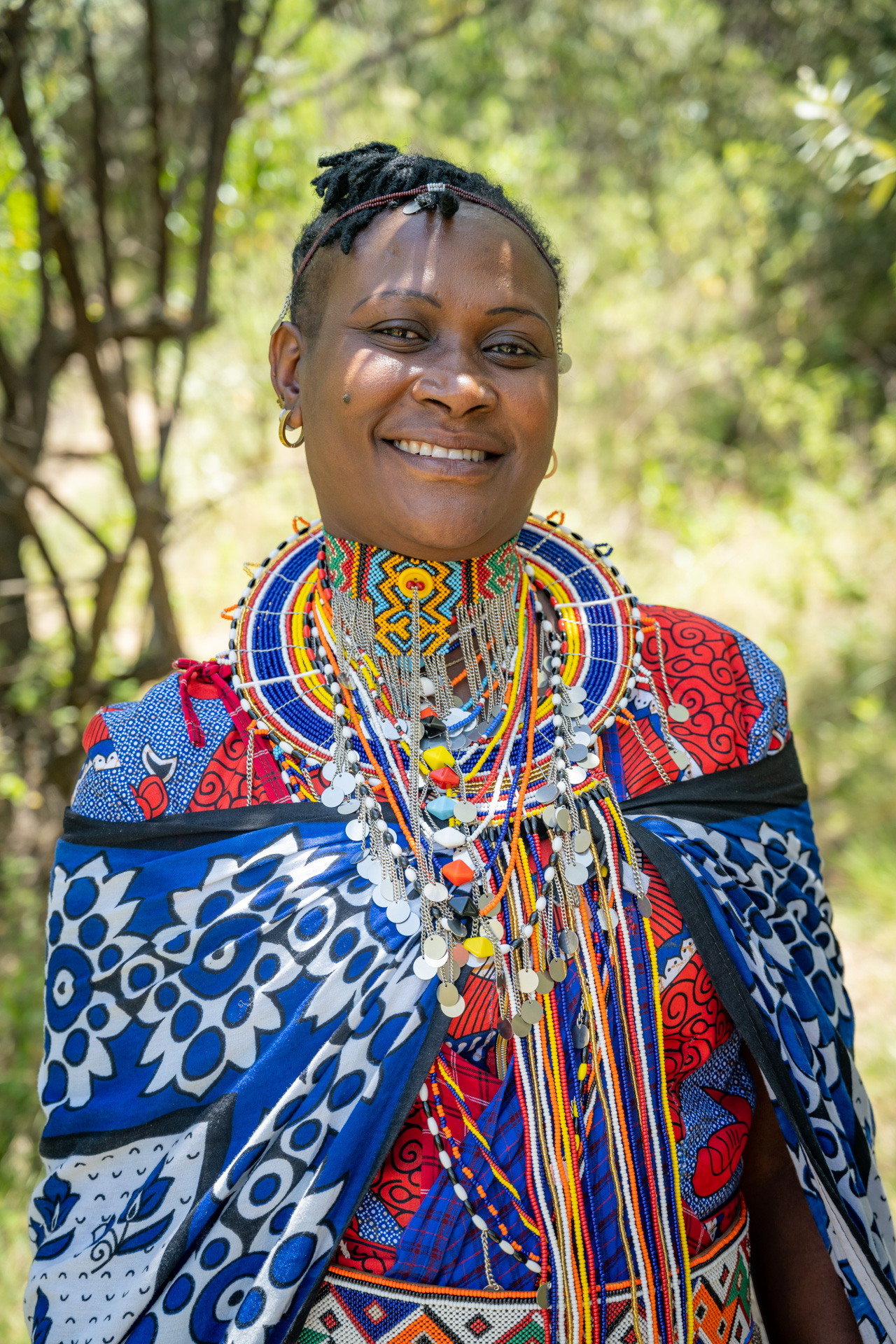
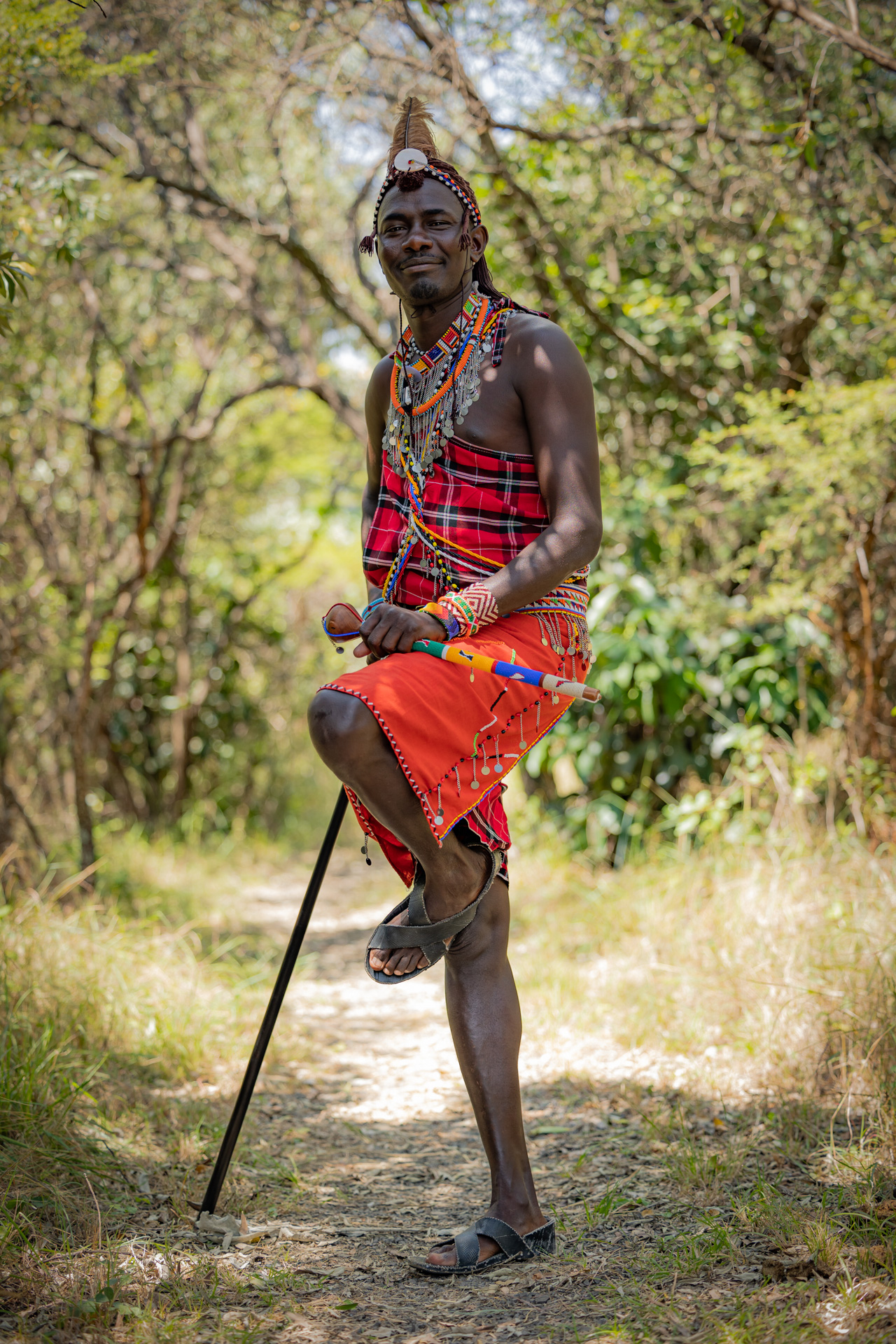
The history of beading in eastern and southern Africa goes back to ancient times — in fact, shell beads as old as 75,000 years have been found in a cave in South Africa. Prior to the rainbow-coloured glass beads we have today, shells and metals were sewn onto garments, chosen for their perceived ability to protect the wearer and to indicate status. Both these, and beads made from glass, were used in trade for thousands of years and by the 16th century were a major item in world trade. However, beading as we know it — with bright little glass beads and frustratingly tiny round holes — really began in Africa in the late 18th to early 19th century.
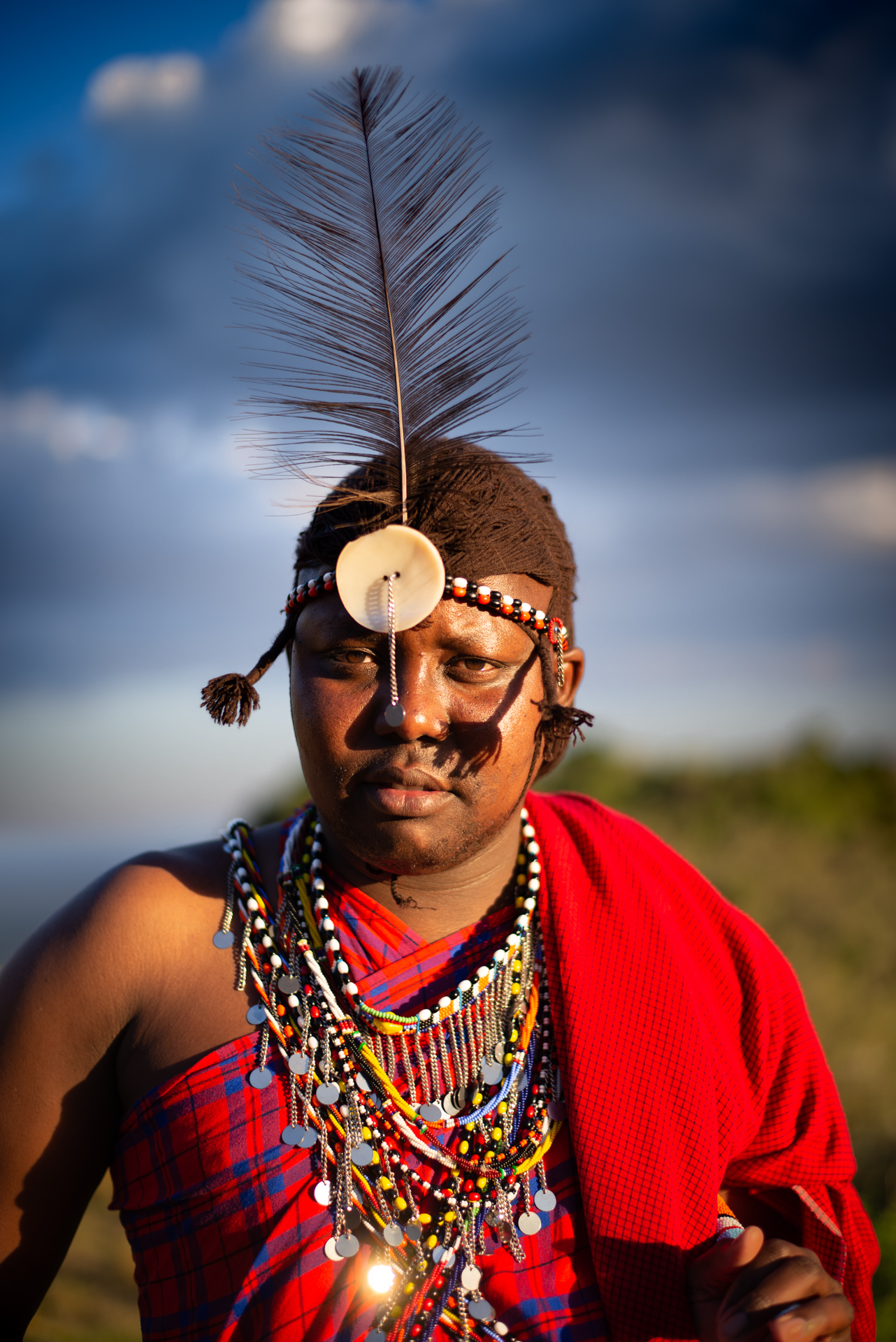
When glass beads became more readily available in large volumes, women seem to have chosen the beads’ colours based on their similarity to the colours of earlier materials. Beaders in Africa tended to favour three colours; red, black and white (coincidentally, or perhaps not, three of the four colours found in Kenya's flag, along with green). These colours often had and continue to have an important religious role in cultures throughout Africa and were widely used as body paints in ceremonies and rituals.
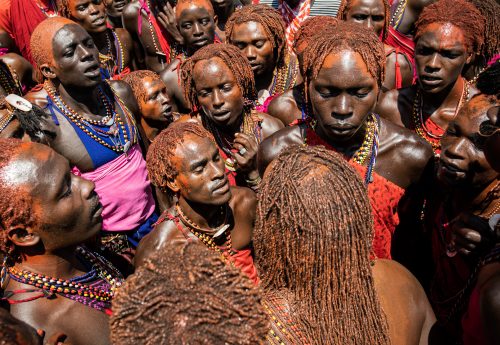
In Maasai beadwork specifically, you will often find dark blue, white and red (which might look familiar from our branding, heavily inspired by the Maasai). I am told that these three colours have important ritual significance.
Red is the colour associated with youth. Red ochre is used as body paint on brides, young men initiated into adulthood and participants in ceremonies. It is also the colour of the Maasai’s livestock blood that is shared by participants during important ceremonies and considered a source of life and energy.
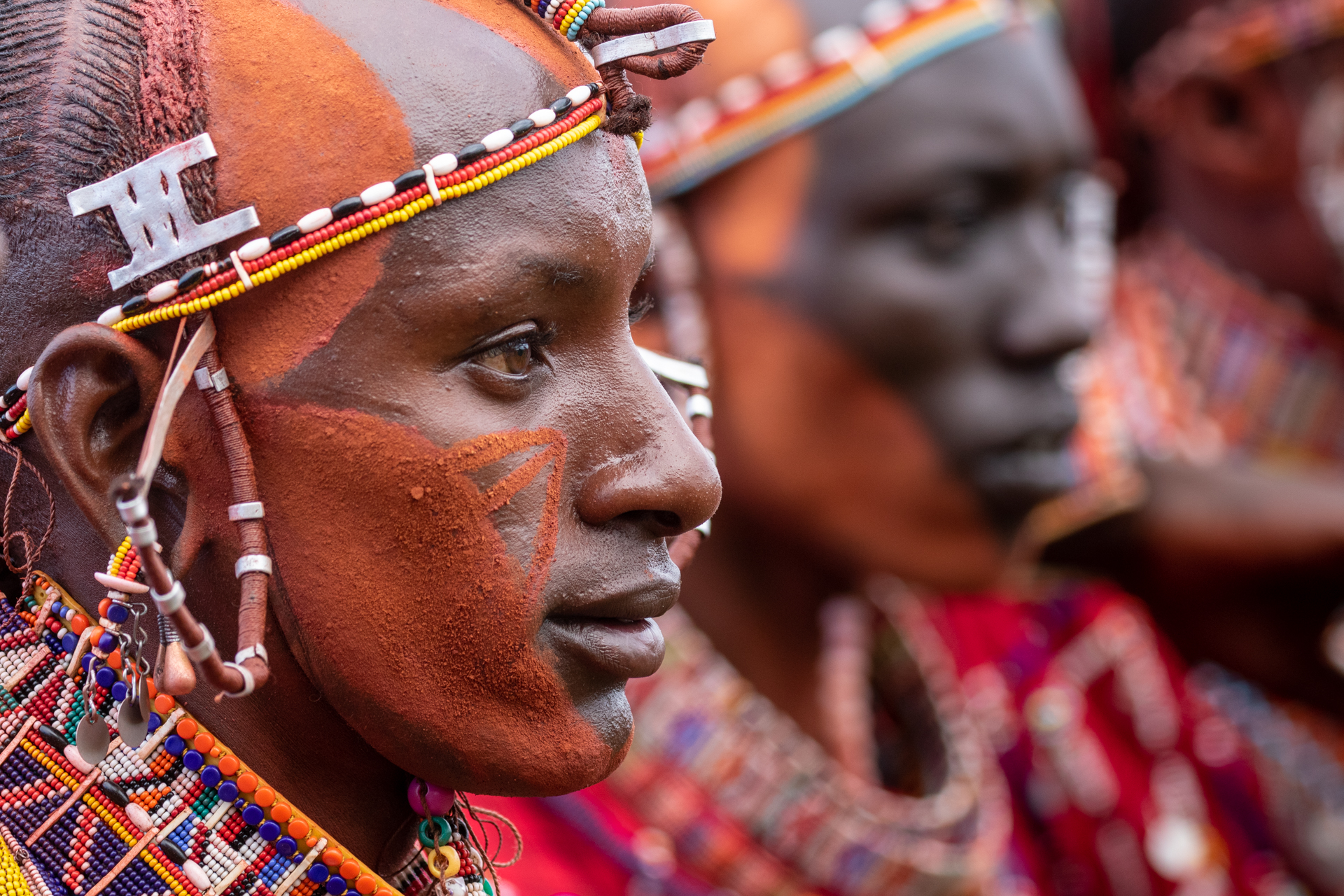
White is a colour with protective and religious qualities. It is the colour of cow’s milk, an incredibly important component of Maasai life, bringing physical and spiritual sustenance. During blessings, elders will coat a wildebeest’s tail with cow’s milk and sprinkle it on those being blessed. This is believed to impart it. One can only guess at the coincidence of white being the universal colour of peace.
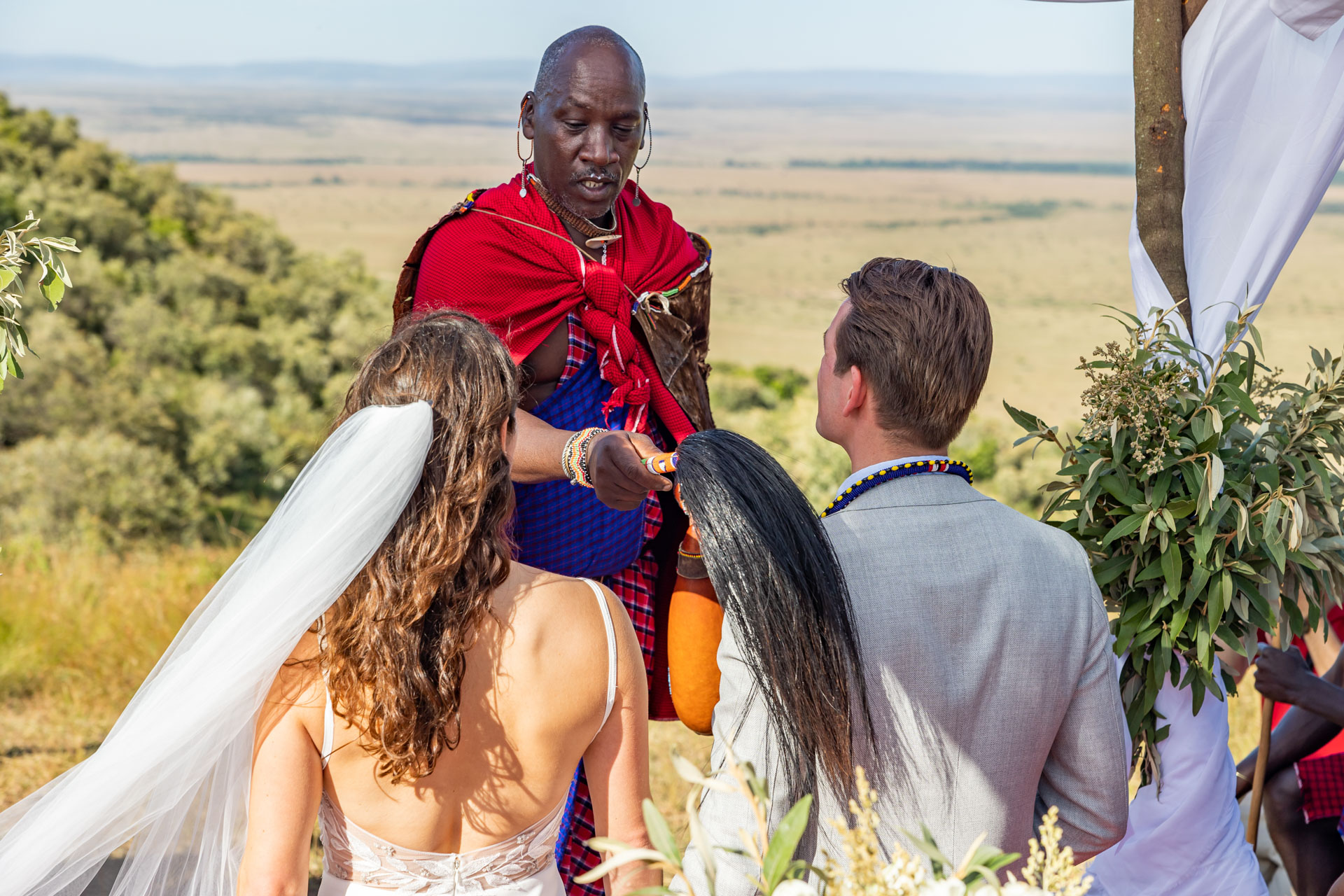
Finally, dark blue is the colour associated with seniority and God. Dark-blue beads of a special kind were used on necklaces worn for prayer by elders. When speaking to Robert, one of Angama's safari guides, about the colours of the beads, he said that blue was important to him because it was the colour of the sky. He said that much of his life was dictated by the sky, from his work in the Maasai Mara all the way to his home life with his shamba and livestock. People imbue the beads with their own meaning, seen in both colour and design.
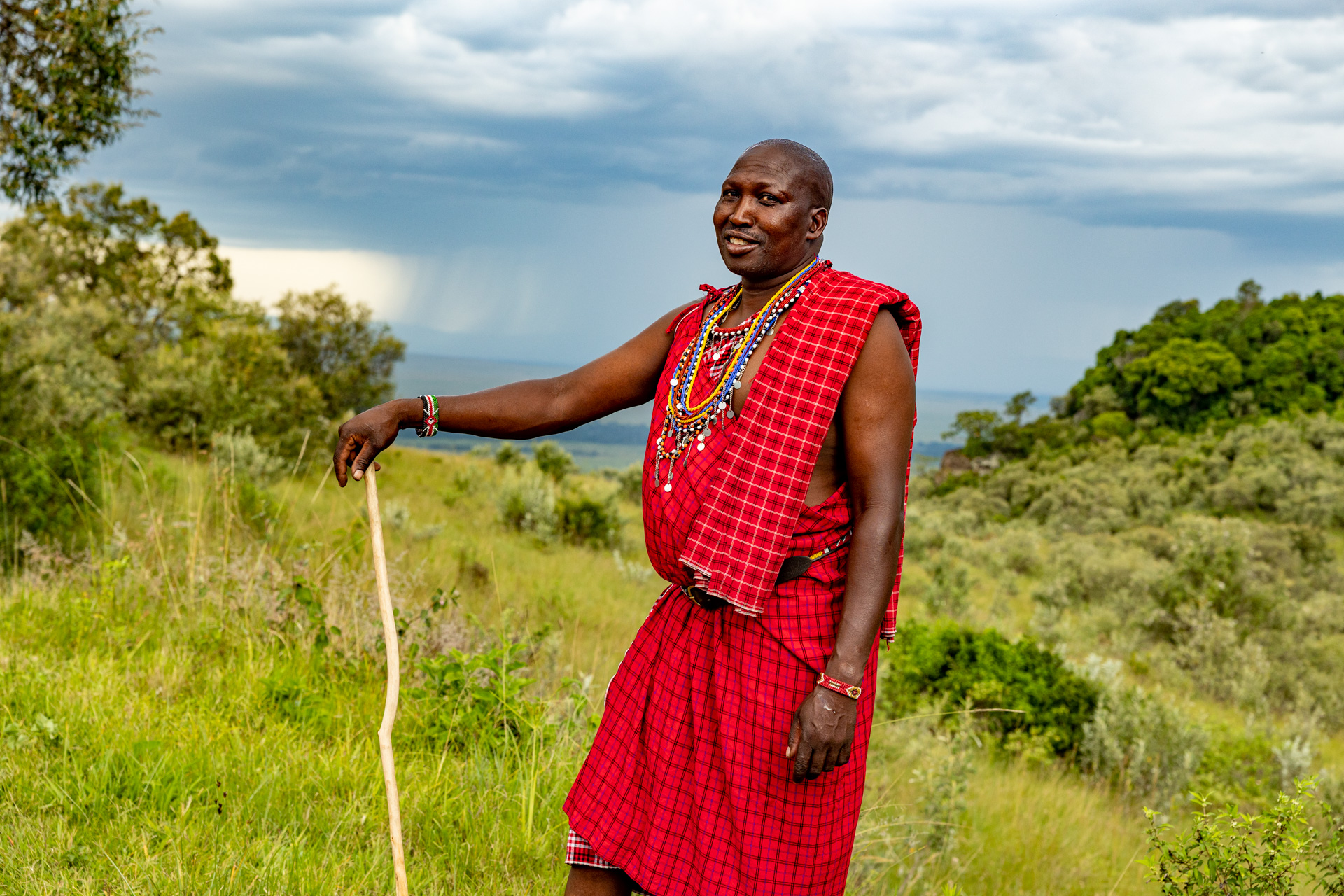
Beading is not only meant to make the wearer look more beautiful, which it certainly does, but it also can signify achievements or commemorate big events. When speaking to the Beading Mamas you will learn that there are many different styles of beading for different occasions, most notably for weddings, rituals and everyday life. For example, at the end of the graduation ceremony I attended at the Maasai Education Centre, graduates were adorned with handmade necklaces by proud mothers, grandmothers and great-grandmothers (if you hadn't picked up on it yet, only women bead in Maasai culture).
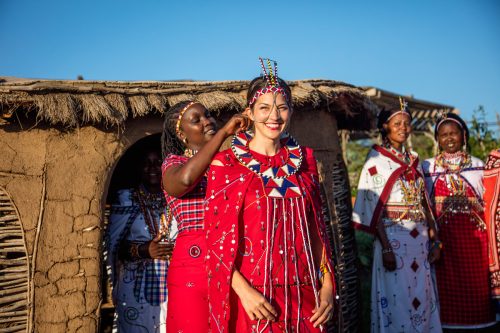
While I know time can be tight while you’re on your safari, I highly recommend popping into the Beading Studio. Either sit with the ever-patient Mamas and try your hand at making a bracelet or ask them to create something special for you. We have seen some lovely work come out of the Studio over the years, each piece a special collaboration between guests and Mamas. Here are some of my favourites:
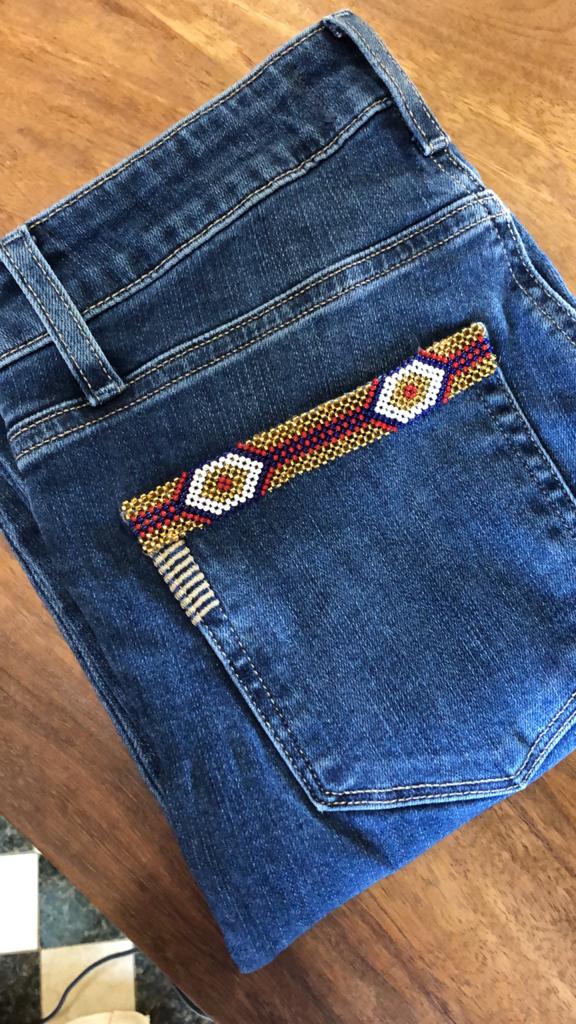
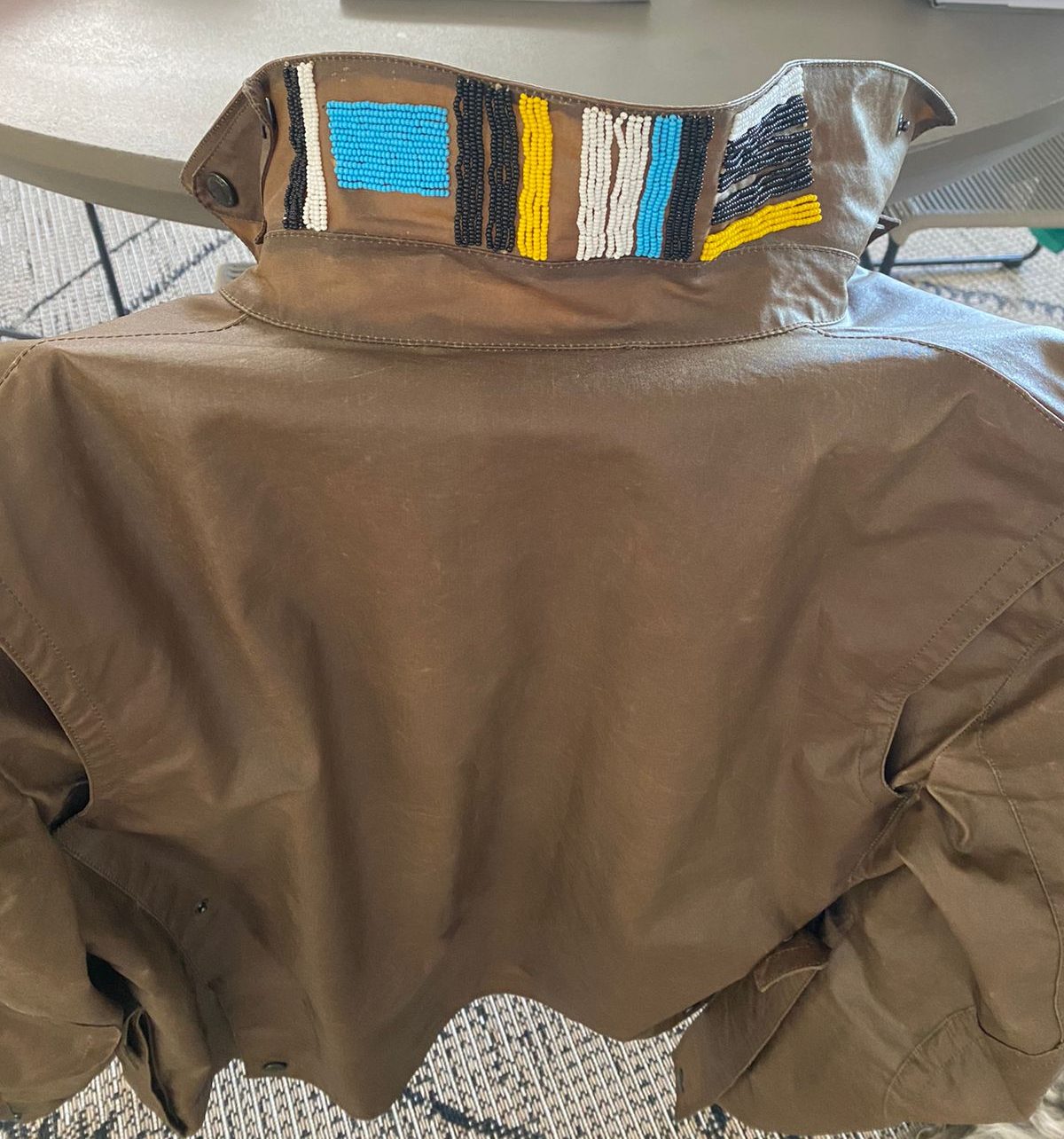
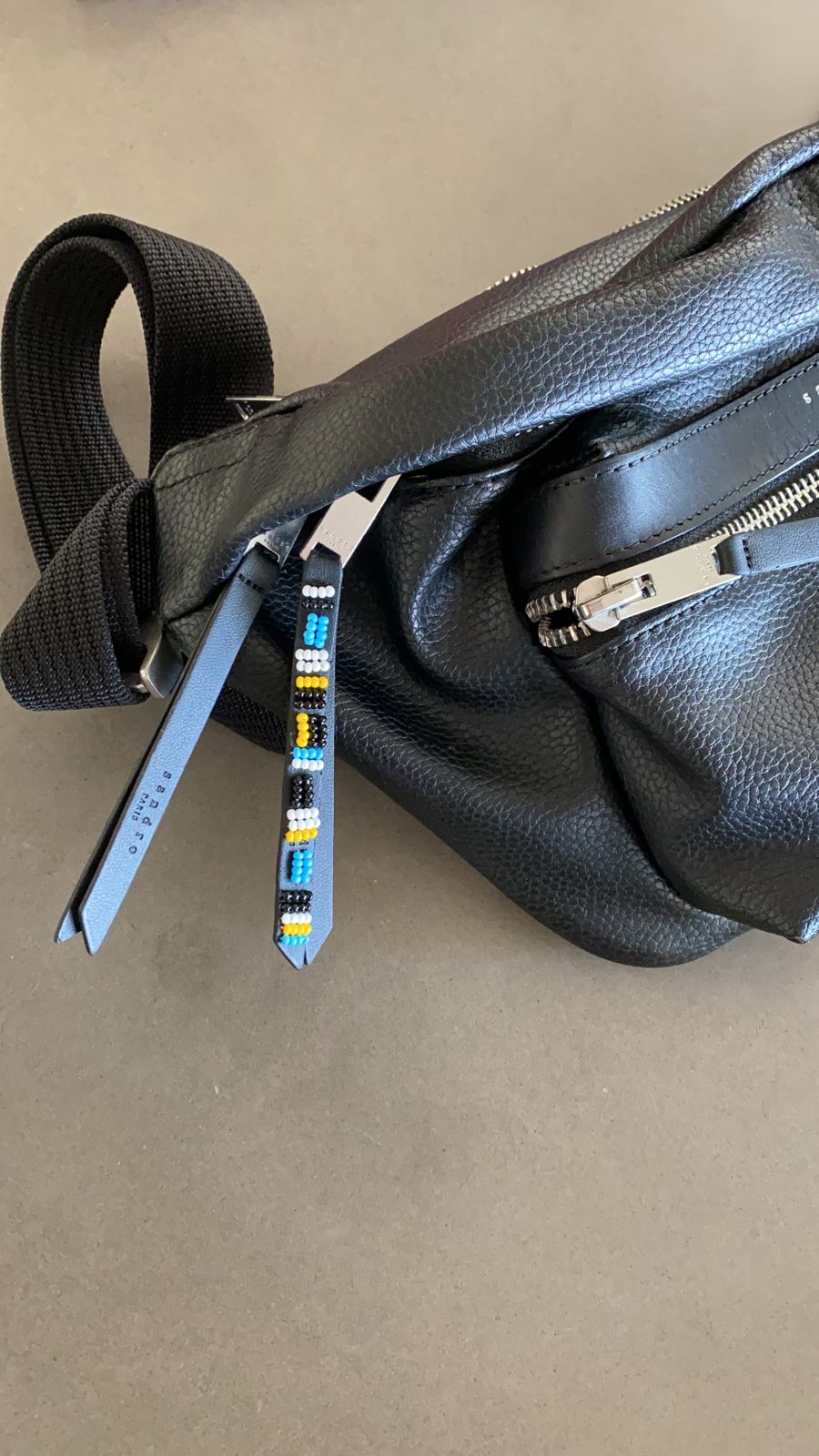
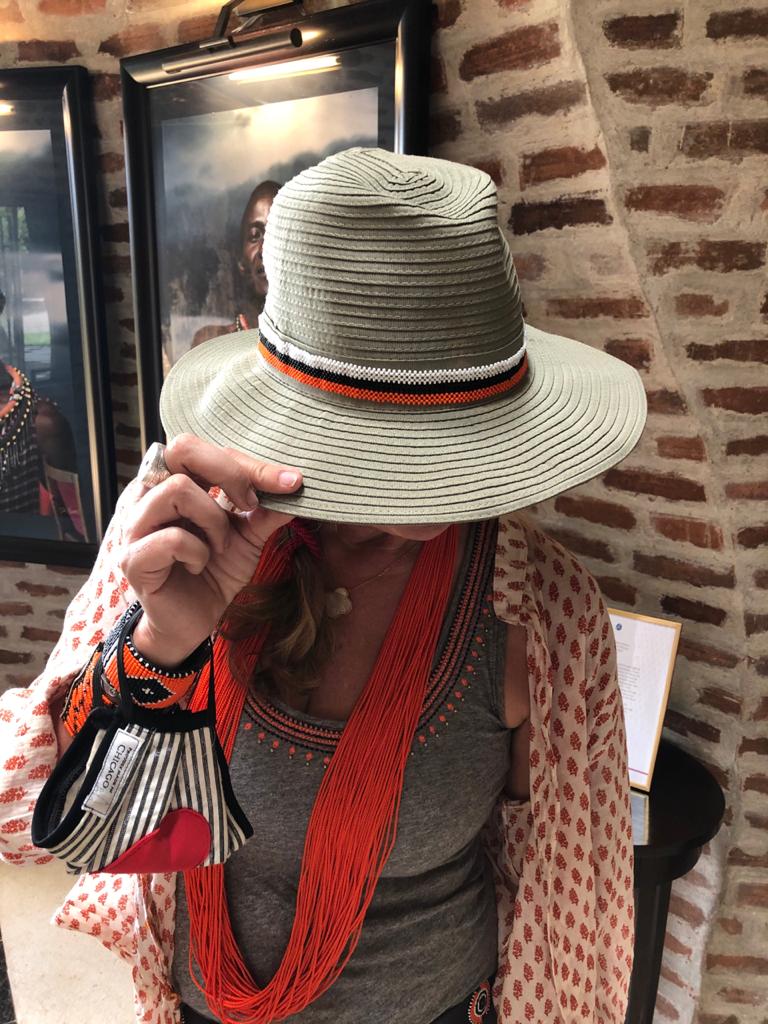
Filed under: Stories From The Mara
Subscribe for Weekly Stories
Comments (2):
17 October 2022
Such a fascinating subject, so many symbolic meanings attached to a small bead. Thank you for an informative blog!

Tented Suites